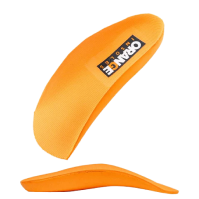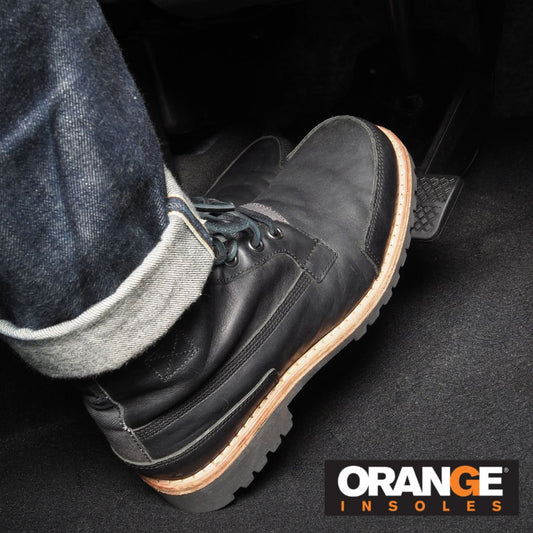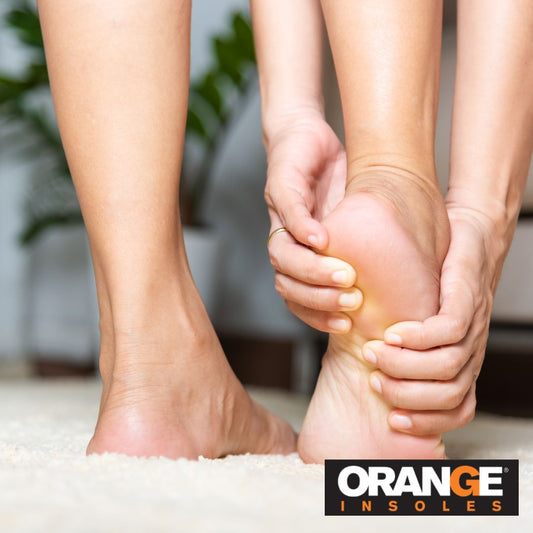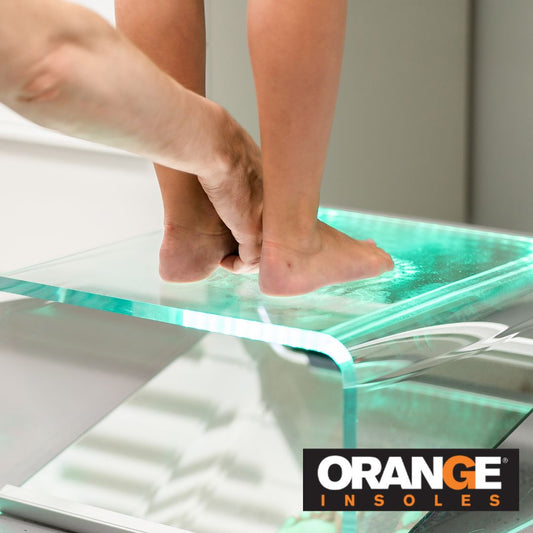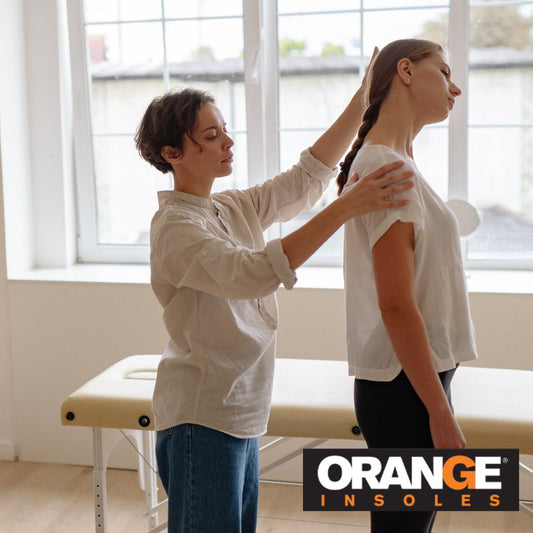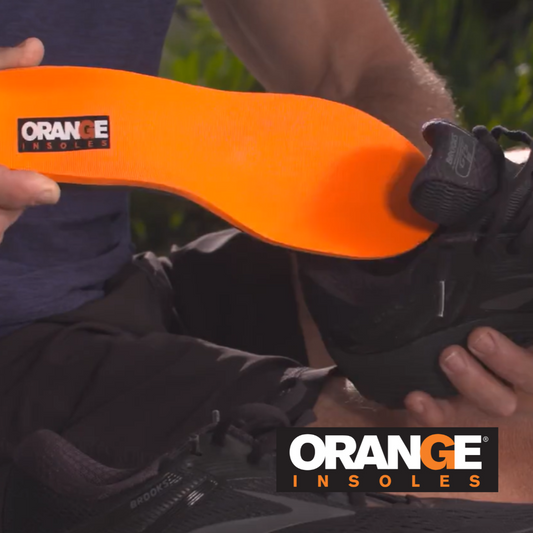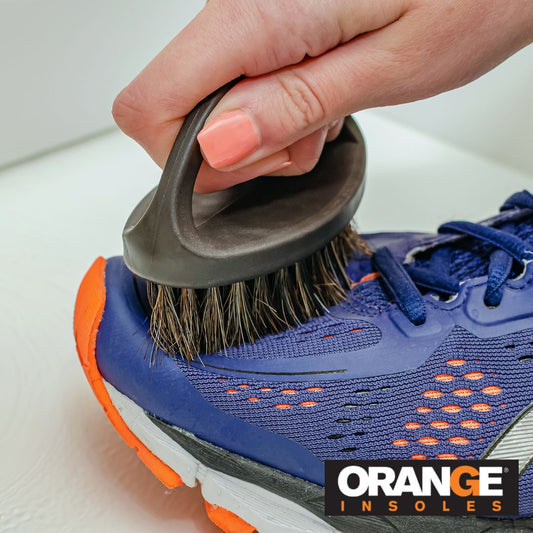Given that it’s “normal” to walk with our feet pointing straight ahead, it’s amazing how many of us DON’T walk like that. Given our sedentary lifestyles, our generally poor posture, and the shapes we push our bodies into throughout the day, this normal way of walking has almost become abnormal as many people tend to walk with their feet pointing in or out.
Most of us have heard the term, “pigeon-toed.” This condition commonly occurs in children and refers to when they walk with their toes pointed inward instead of straight forward. A pigeon-toed gait is fairly common in children and can be corrected as they grow older. If it’s not corrected before adulthood, surgery may be needed to correct hip placement.
What is a Duck-Footed Gait?
Even more common than pigeon toes is a condition called duck-footed, or more technically; out-toeing. It’s the opposite of being pigeon-toed. Out-toeing means you walk (or waddle like a duck) with toes pointed outward. Again, this is very common in children as they learn to walk but can also occur for the first time in adults with poor posture or alignment. Actually it’s most common in those who have acquired it over time.
What’s Wrong With Out-Toeing?
Ok, so it might look strange but is it really a problem if people walk with their feet pointing out? Short answer? Yes. Haven’t you learned anything from us about alignment? It’s like trying to drive your car around with a flat tire.
When we walk with out feet out we’re essentially giving a lot of muscles a break and straining others. The glutes and muscles in our lower leg don’t have to work as hard and the muscles can become tight. Then, the muscles in our knees and ankles go unsupported. If this goes on too long, the body’s entire support structure becomes weaker. It can also cause low back pain and hip issues, and even plantar fasciitis.
It can also cause:
- Knee injuries
- Ankle Injuries
- Flat feet
- Sciatica
What Causes Out-Toeing?
We’re not going to talk about the causes in children but look at adults and how they can try and fix this condition if it forms later in life. This condition could be caused by a rotation either in the hip or below the knee.
Try this:
Lie on your back on the floor and relax your legs. Are both your knees and feet pointing out? Then your hips are probably to blame. Are your feet out but your knees point to the ceiling? The rotation could be below the knee.
(Remember, we’re not doctors. If you’re experiencing pain and you think it’s from out-toeing, you should see a doctor!)
It can also be caused by the way we stand. If we stand with our feet out more often than not, the muscles will learn and that’s how we will walk.
In adults, out-toeing could also be caused by:
- An injury
- Poor posture
- Sedentary lifestyle
- Standing for long periods
How to Fix Out-Toeing
The good news is that fixing out-toeing can be done on your own most of of the time. The not-so-great news is it takes work and and time. First, you need to fix the habit.
When you stop walking, look down. If your feet are out, pull them in. When you’re standing, making sure they’re facing forward. You might notice some muscles come into play that weren’t working before but just push through. If you’re out-toeing when standing it probably means one hip is bearing more weight than the other. Stand up straight and make all those muscles work. Watch your knees, too. They should also face forward.
When you’re walking, just make an effort to keep them forward. This will take practice and will create some sore muscles in your feet, calves, and legs.
You should also start a stretching and strengthening regimen. Roll out your calves using a tennis ball and begin opening your hips and building strength in your lower back. These are the areas that need to get back to work.
You should also practice good posture and alignment and make sure your feet are supported on their new journey by treating them to insoles.
SHOP for INSOLES
SHOP for INSOLES


